
Since the year 2000, horror anime has become increasingly creative and unsettling, drawing on traditional folklore, intense psychological fear, and disturbing imagery. Many shows combine these elements with mystery and thriller aspects, all brought to life with impressive visuals and sound. You’ll find stories ranging from slowly unfolding curses in rural settings to modern urban legends, and gripping tales of survival where the characters’ fates truly matter. These include both adaptations of popular books and comics, as well as original anime that have redefined the genre. We’ve included key details for each entry, making it easy to find something that matches your preference for scares.
‘Mononoke’ (2007)
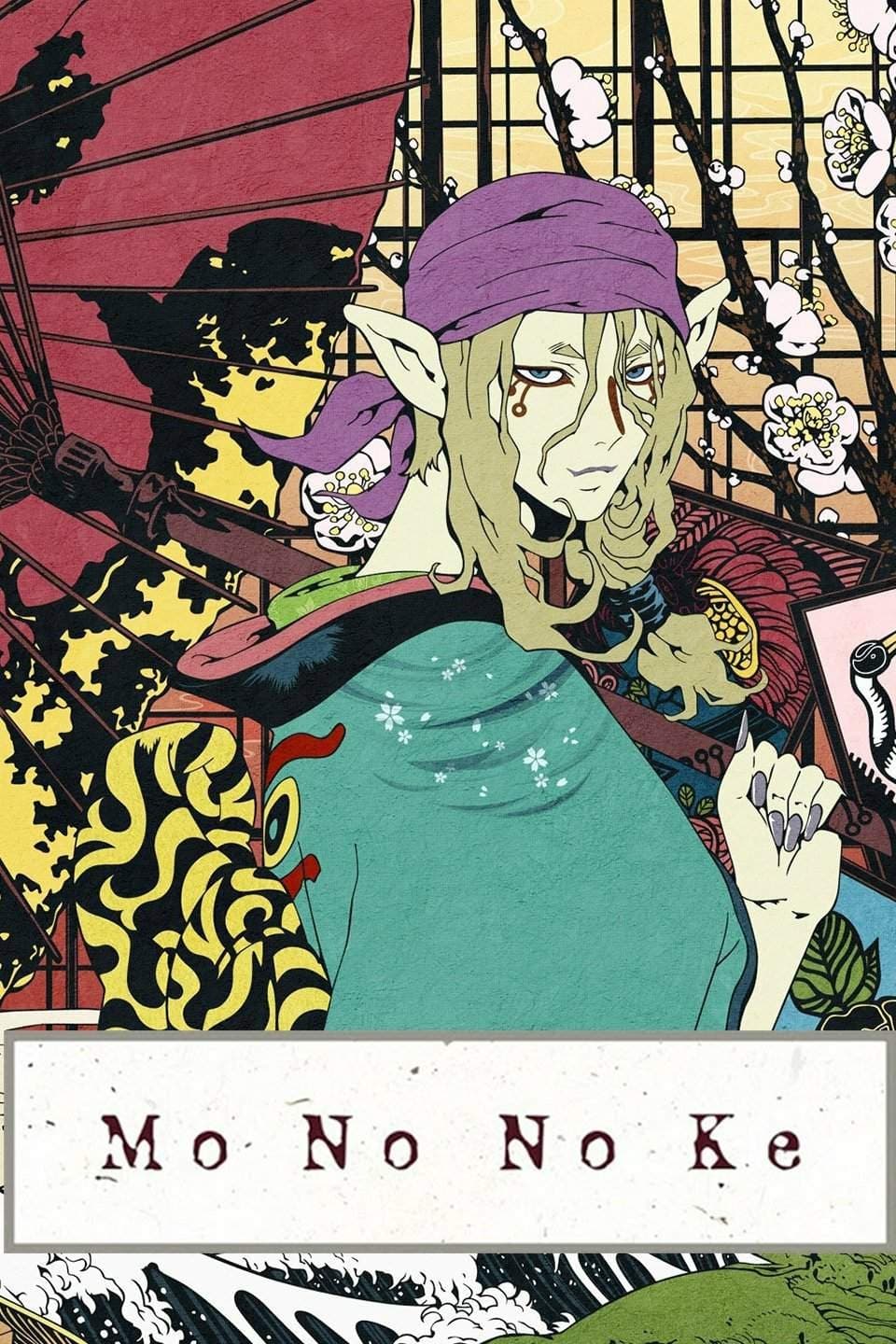
The show centers around an enigmatic medicine seller who banishes spirits by discovering three essential elements: Form, Truth, and Reason. Created by Toei Animation and director Kenji Nakamura, each story arc has a unique, traditional Japanese art style and feels like a complete mystery. With 12 episodes, the series reimagines classic Japanese folklore with a focus on investigation and ritual battles. Because it’s an anthology, you can jump into any arc without needing to see the others, though the same spirit exorcist appears throughout.
‘Shiki’ (2010)
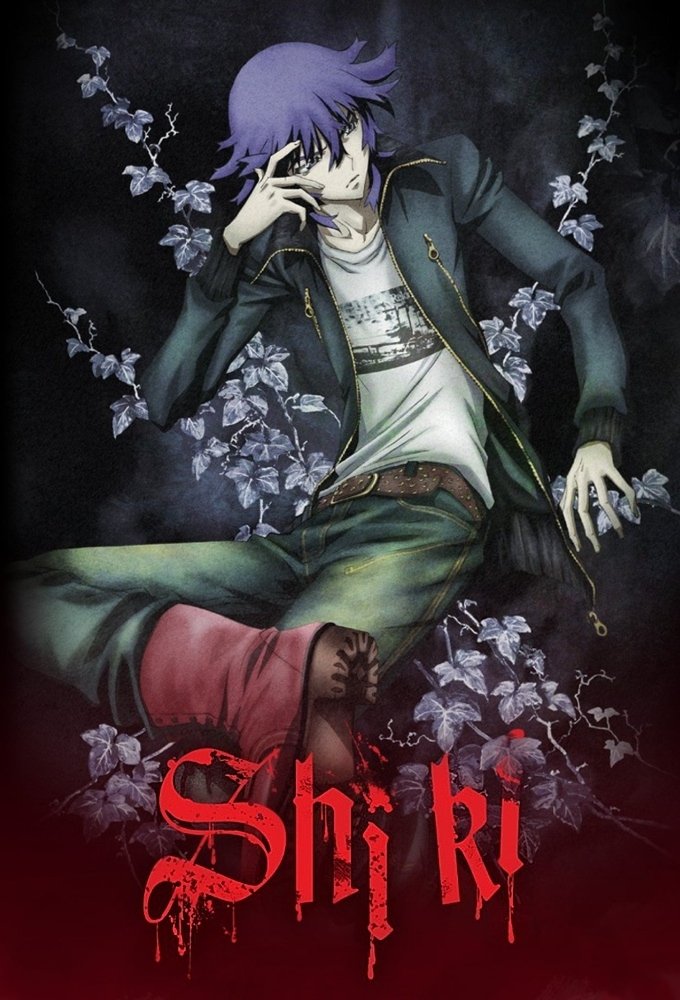
This series, based on Fuyumi Ono’s novel, takes place in the remote village of Sotoba, where a mysterious wave of deaths is linked to a group of creatures called shiki who prey on humans. Created by Studio Daume, the 22-episode show, along with its specials, explores the crisis through the eyes of doctors, families, and those who move into a large house on a hill. By using character journals, autopsy reports, and town documents, the story gradually reveals how a close-knit community falls apart.
‘Higurashi: When They Cry’ (2006–2007)
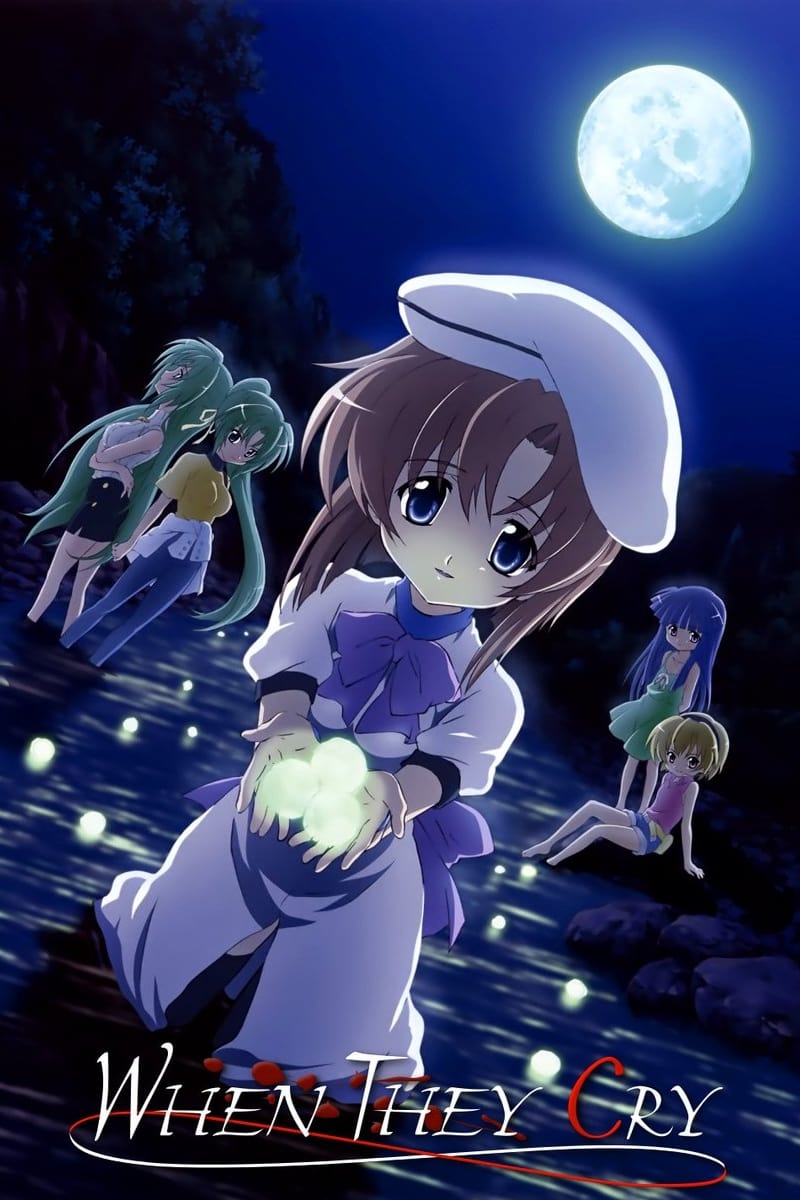
This anime is based on the visual novels created by 07th Expansion and takes place in the village of Hinamizawa. Every summer, a festival is held alongside a series of mysterious disappearances. The first season of the anime, produced by Studio Deen, focused on introducing the mystery, while the second season provided answers, for a total of 50 episodes. The story frequently resets, allowing events to replay with subtle changes and new information. Through things like police records, local legends, and school rumors, the show reveals how even small decisions can lead to tragic consequences.
‘Another’ (2012)
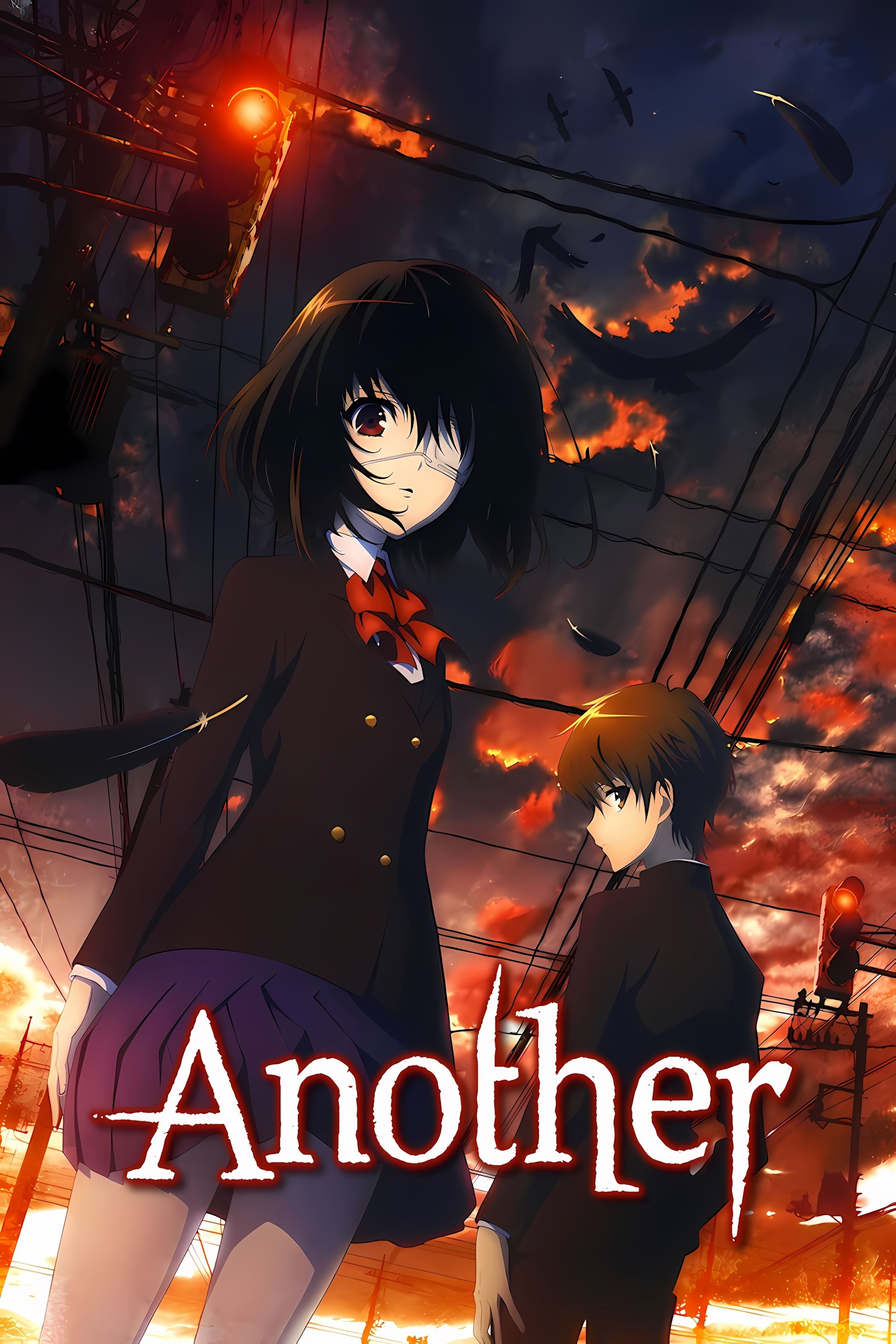
When a new student joins Class 3-3 at Yomiyama North, they uncover a terrifying curse that leads to unexpected deaths. The 12-episode anime series, plus an additional OVA episode, delves into school records, including class lists, teacher information, and memorials, to understand how the curse began. The investigation is pieced together through clues like art supplies, hospital records, and an old class photo. As the story unfolds, each episode reveals new rules the students must follow to try and survive.
‘Parasyte -the maxim-‘ (2014–2015)

This anime series, adapted from Hitoshi Iwaaki’s manga, centers on Shinichi Izumi, whose right hand is taken over by a parasite that failed to control his brain. The 24-episode show, created by Madhouse, blends gruesome body horror with thought-provoking questions about what it means to be a predator and who we are. The story unfolds through police reports, medical examinations, and even news coverage of an election, showing how the parasites spread. As the series progresses, characters develop new fighting strategies, using forensic science and sound technology to combat the threat.
‘Devilman Crybaby’ (2018)
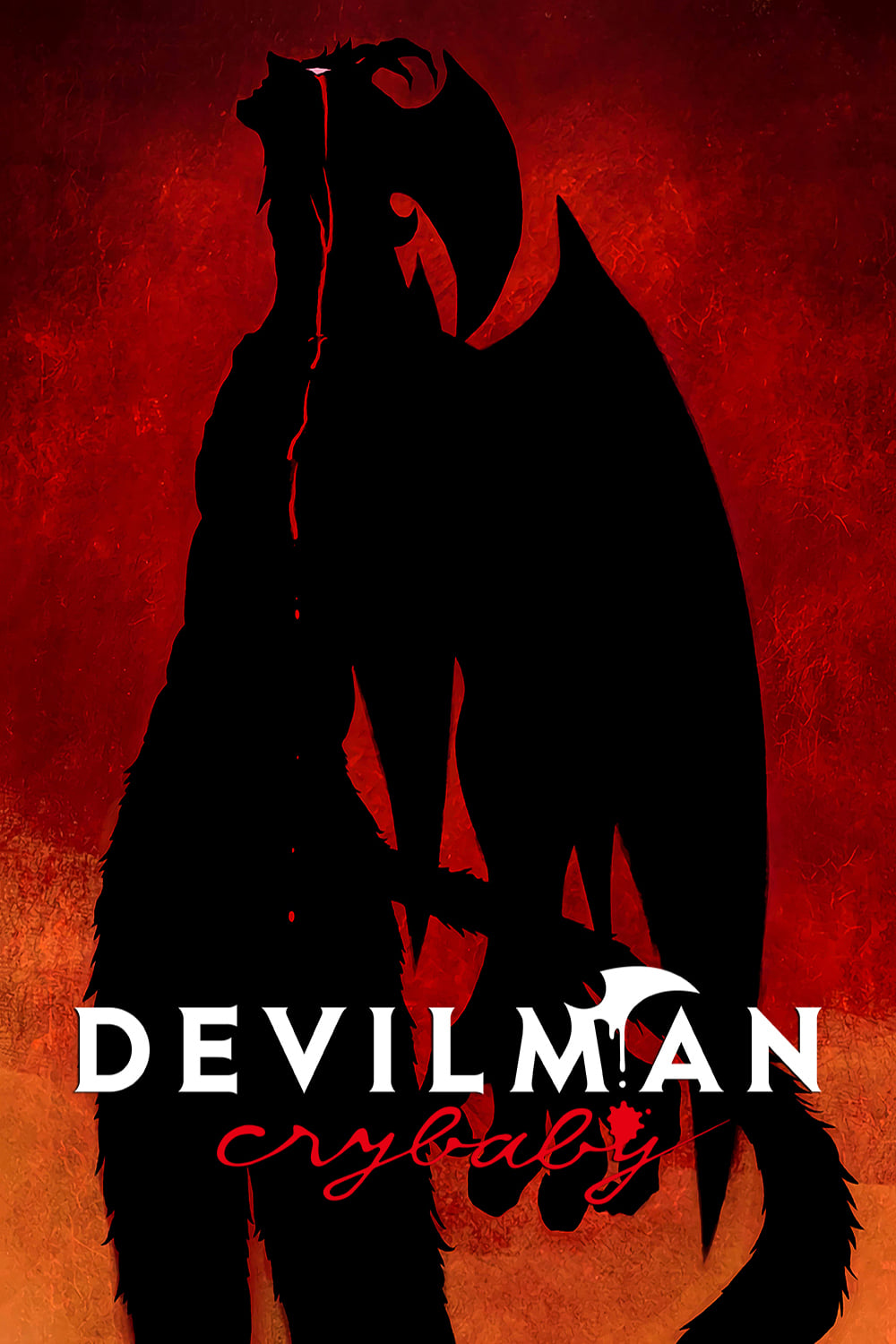
Science SARU has updated Go Nagai’s famous manga, setting the story in a contemporary high school and incorporating social media. The 10-part series centers on Akira Fudo and Ryo Asuka as they investigate a growing number of demonic appearances that quickly lead to worldwide fear. Everyday high school activities – like sports events, parties, and online videos – become ways for demons to take control and spread their influence. The show uses unique animation and music to highlight the increasing number of incidents happening throughout Tokyo.
‘Made in Abyss’ (2017–2022)
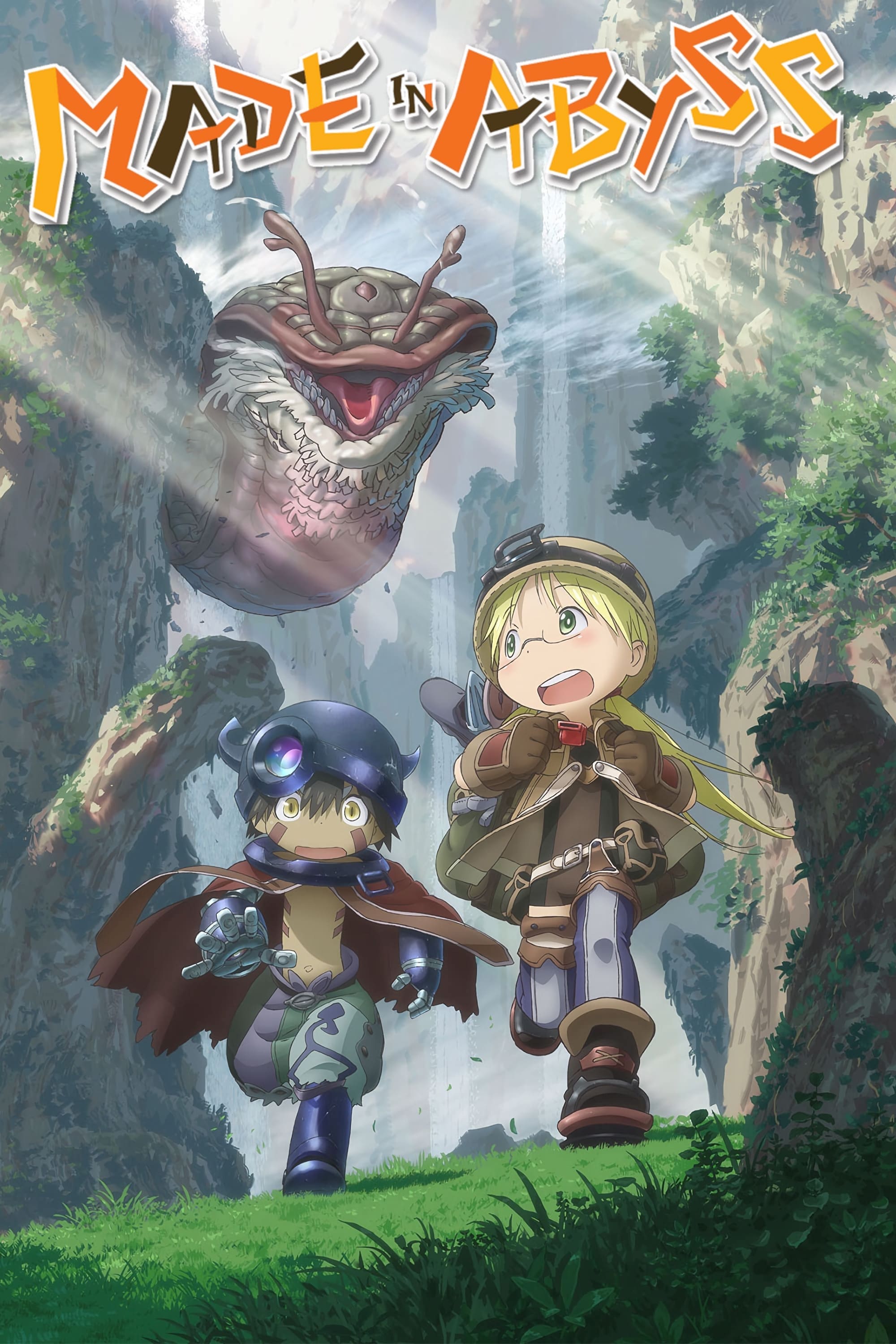
Kinema Citrus created an anime based on Akihito Tsukushi’s manga, which centers around a huge, cursed pit. The story follows characters as they explore its increasingly dangerous layers. The first season has 13 episodes, continued by a movie and then a 12-episode second season that takes them even further down. Throughout their journey, the series details the pit’s creatures, poisons, and the effects of the curse through logs, reports, and maps. The characters must constantly improve their gear and adapt their survival strategies as they descend.
‘The Promised Neverland’ (2019–2021)
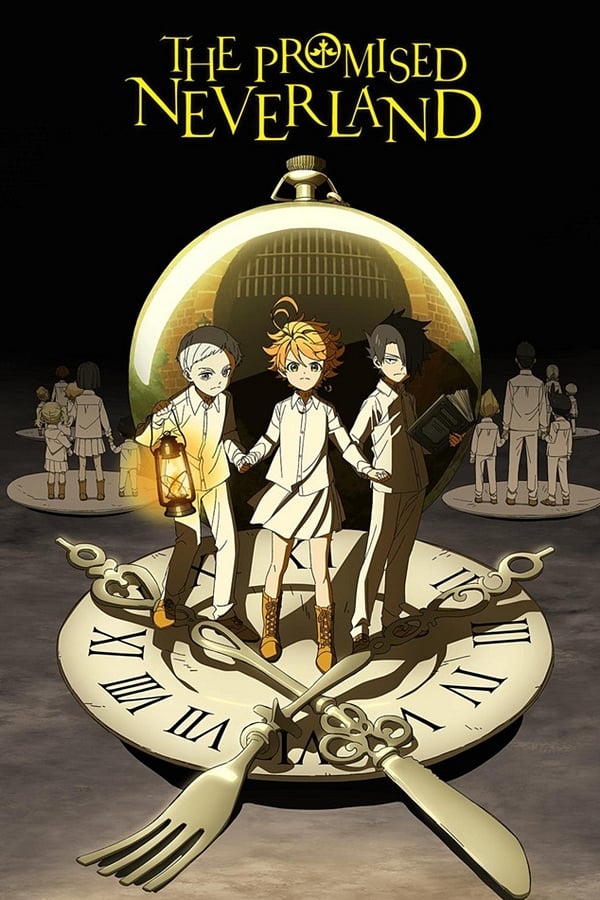
Based on the manga by Kaiu Shirai and Posuka Demizu, this story starts at Grace Field House, a seemingly idyllic orphanage with harsh rules and hidden secrets. The anime, produced by CloverWorks over two seasons, centers on a group of children planning their escape and navigating the dangerous world outside. The plot unfolds through clever use of tests, tracking, and coded communication. As the children journey to freedom, they face real challenges involving finding food, establishing trade, and locating safe havens.
‘Hellsing Ultimate’ (2006–2012)

I’m a huge fan of this OVA! It’s a really thorough adaptation of Kouta Hirano’s manga, taking the story all over – from London to mainland Europe. It’s cool to see that multiple animation studios pitched in to help bring it to life, with Madhouse being one of them. The story dives deep into everything – secret Vatican missions, mercenary groups, and this terrifying Nazi group called Millennium. Honestly, a lot of the excitement comes from the detailed planning – you get these intense military briefings, logistical breakdowns, and even historical files, all focused on how they’re planning to wipe out vampires. It’s so well thought out!
‘Elfen Lied’ (2004)
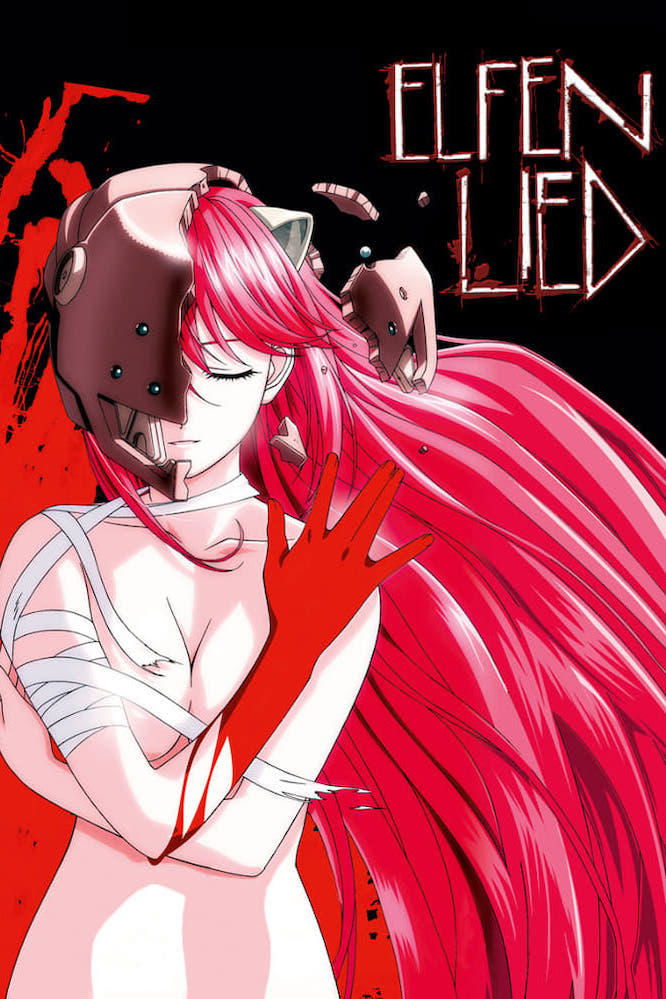
This 13-episode series, created by Arms, is based on Lynn Okamoto’s manga and includes an extra OVA episode. It centers on Lucy, a special being who breaks out of a research lab, leading to an investigation of disturbing experiments. The story unfolds through evidence like forensic reports, security camera footage, and lab documents, revealing the aftermath of powerful attacks. The series moves between secure locations and research facilities, showcasing both successful and failed attempts to contain Lucy and others like her.
‘Death Note’ (2006–2007)
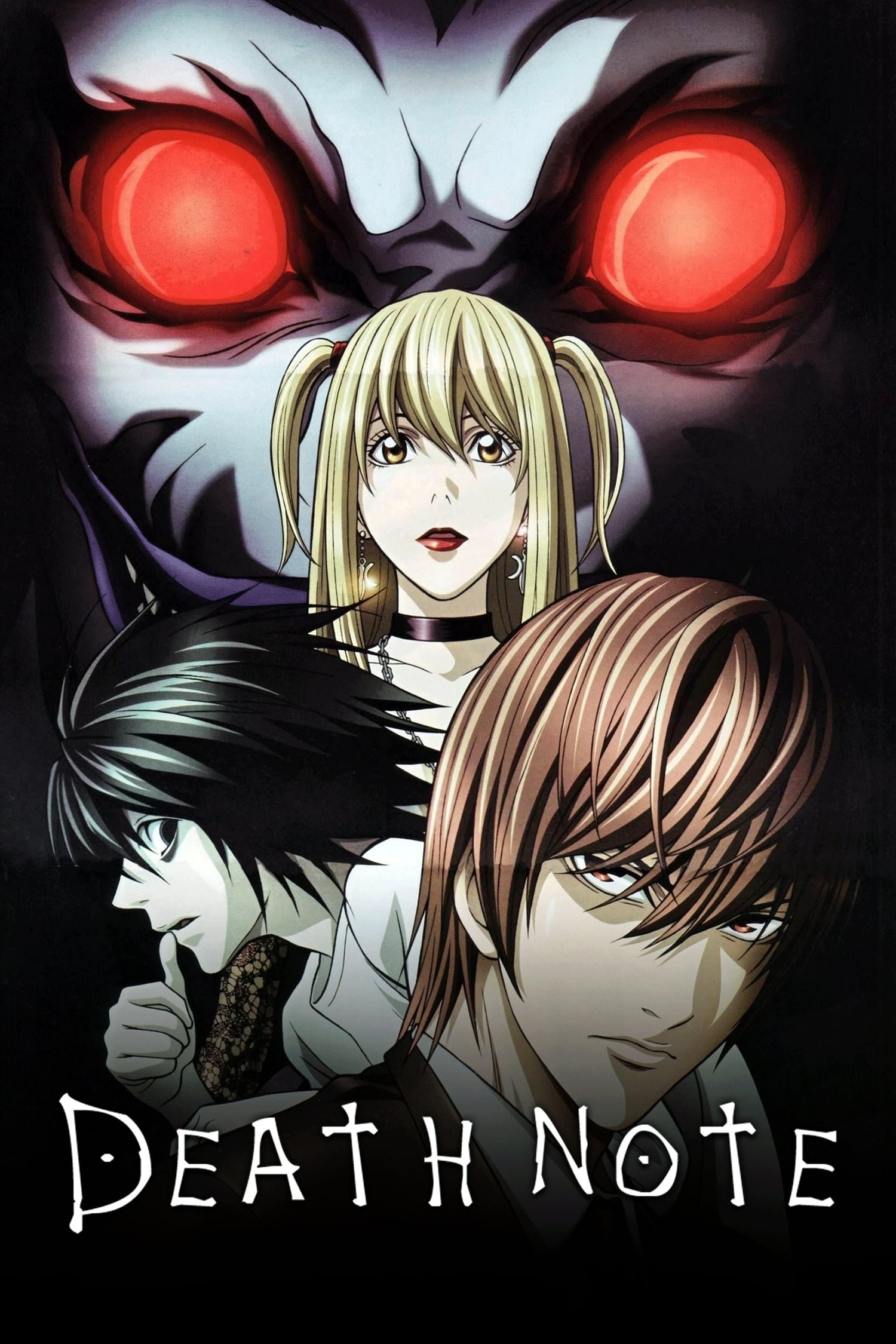
The anime series ‘Death Note’ is based on the manga by Tsugumi Ohba and Takeshi Obata, and tells the story of a notebook that can kill anyone whose name is written in it. The 37-episode series follows police investigations, news coverage, and international efforts to solve the crimes. It visually demonstrates detective work by recreating crime scenes and tracking evidence. The show also carefully explores the rules of the notebook, testing how it can be used and how to stop it.
‘Theatre of Darkness: Yamishibai’ (2013–2023)
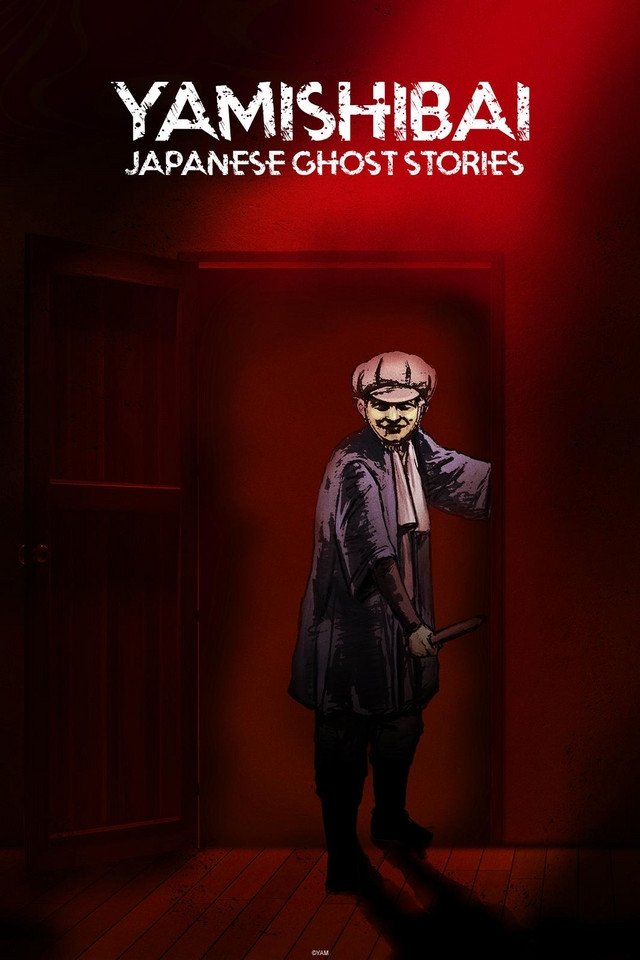
This collection of short stories reimagines urban legends as if they were told through a traditional Japanese paper theater called kamishibai. Each season features quick, self-contained episodes about spooky events – think haunted places, strange phone calls, or eerie encounters on night buses. The stories emphasize local warnings and old beliefs connected to specific locations. They all follow a pattern: characters break a simple rule or ignore a local taboo, leading to surprising and creative consequences.
‘Boogiepop Phantom’ (2000)
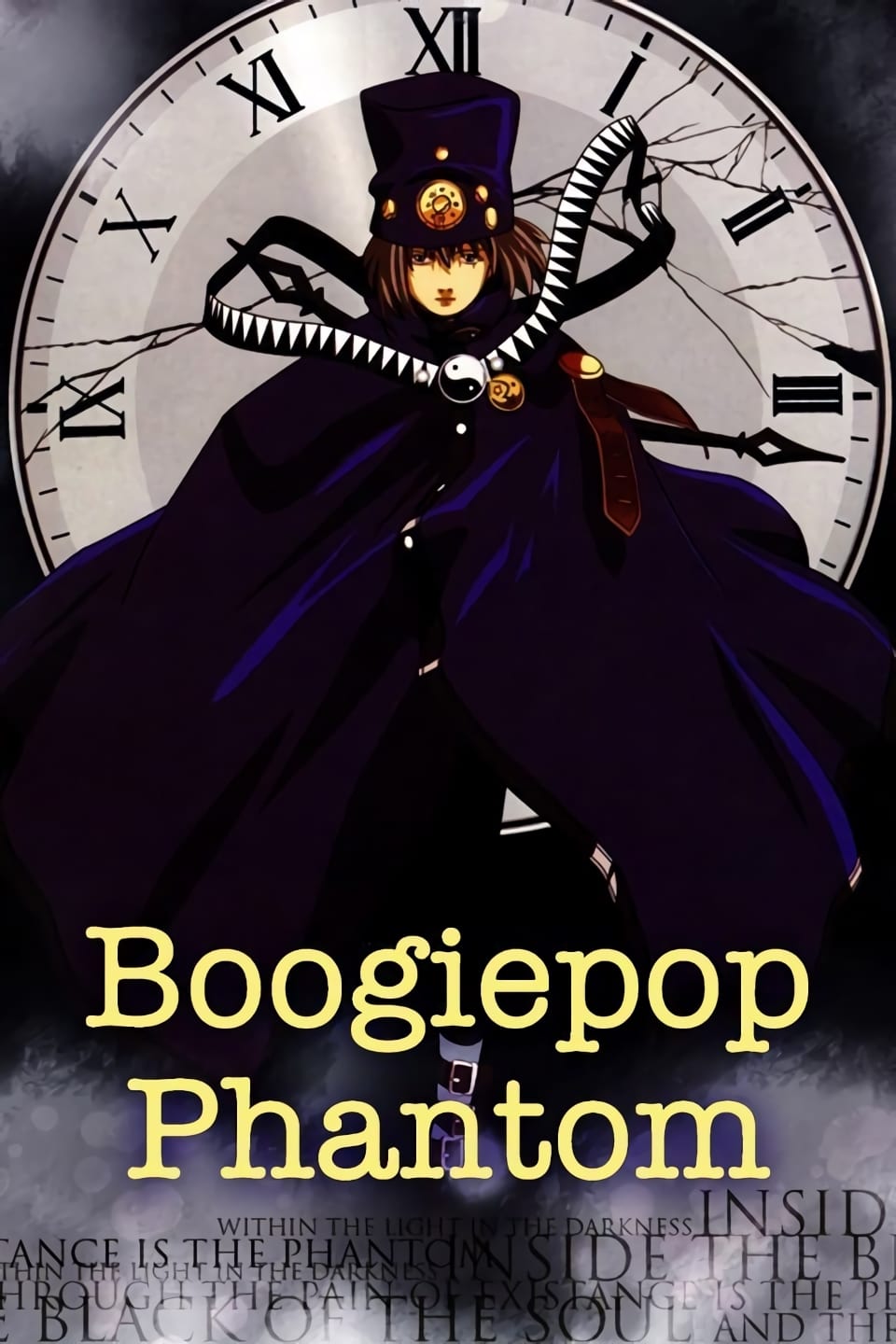
This animated series, with 12 episodes from studio Madhouse, centers around bizarre happenings connected to a strange pillar of light appearing over a city. It’s based on novels by Kouhei Kadono and tells the story in a unique, non-linear way, showing events from multiple viewpoints. The disappearances and strange copies of people are explored through school stories, police investigations, and local legends. The series uses sound and an untrustworthy narrator to highlight how our memories influence what we perceive as dangerous.
‘Ghost Hunt’ (2006–2007)
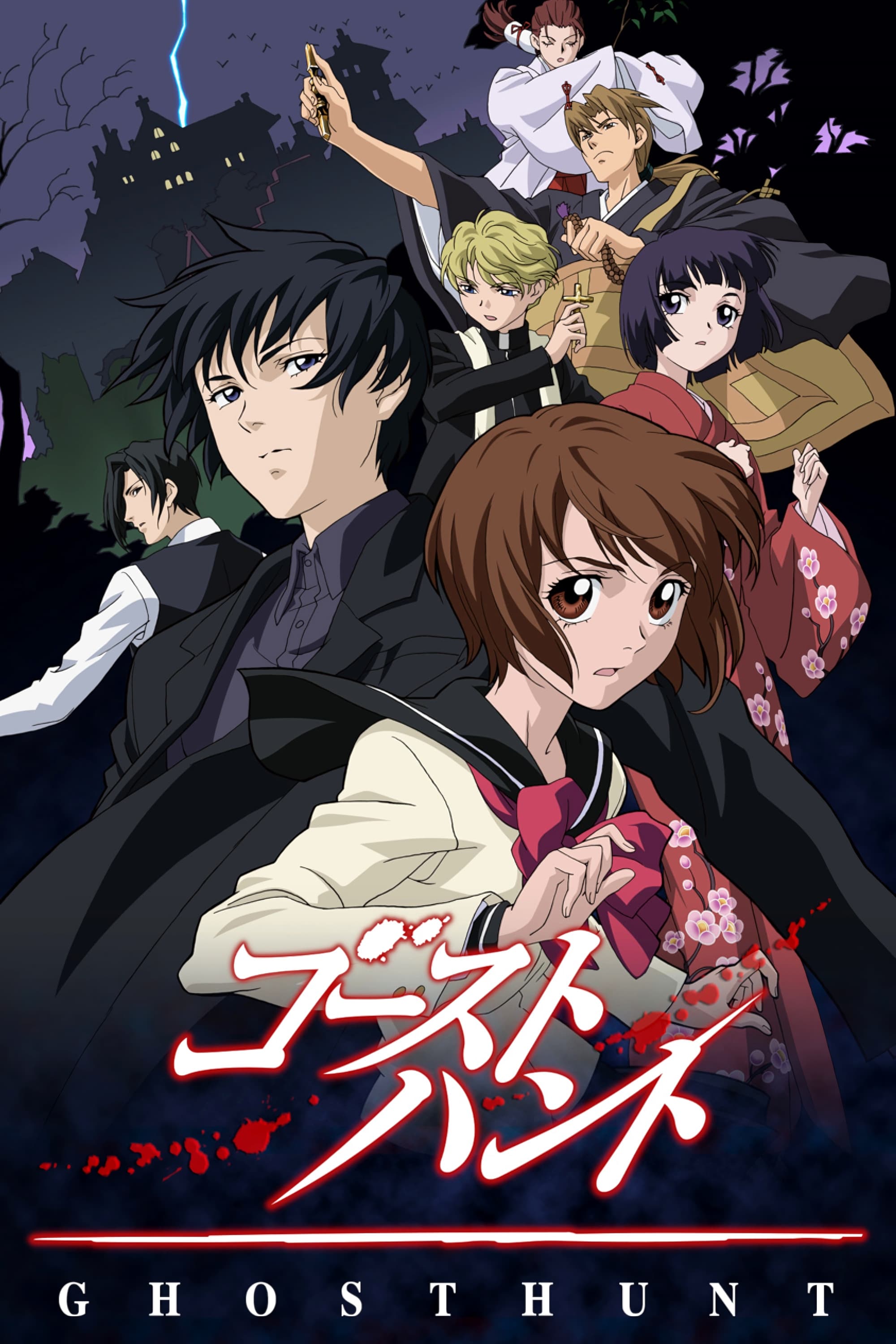
This 25-episode series, adapted from Fuyumi Ono’s novels, centers around the Shibuya Psychic Research team as they investigate paranormal occurrences in places like schools, homes, and temples. Animated by J.C.Staff, each case is explored using tools like EMF readers, spirit photography, and direct experimentation. The team employs a variety of approaches – from traditional exorcisms and spiritualism to scientific skepticism – depending on the situation. At the conclusion of each story arc, detailed reports summarize their findings and how they resolved the haunting.
‘Ayakashi: Samurai Horror Tales’ (2006)

Toei Animation created this 11-part series, reimagining well-known Japanese ghost stories like Yotsuya Kaidan and Tenshu Monogatari. The final story, ‘Bakeneko,’ features a unique art style and follows an exorcist who travels from place to place. The series is set in the past and draws on historical documents such as playbills, family records, and court documents for authenticity. Each story concludes with a detailed explanation of the source of the haunting and how the supernatural elements work.
‘Highschool of the Dead’ (2010)

Madhouse turned the manga by Daisuke Sato and Shoji Sato into a 12-episode series with an additional episode. The story follows a zombie outbreak that spreads from a high school to the entire city, forcing people to evacuate. The series shows how characters try to survive by gathering supplies, making weapons from whatever they can find, and navigating dangerous traffic. We also see how the city’s systems – like emergency broadcasts, evacuation routes, and shelters – react to the crisis as the characters move through it.
‘Corpse Party: Tortured Souls’ (2013)
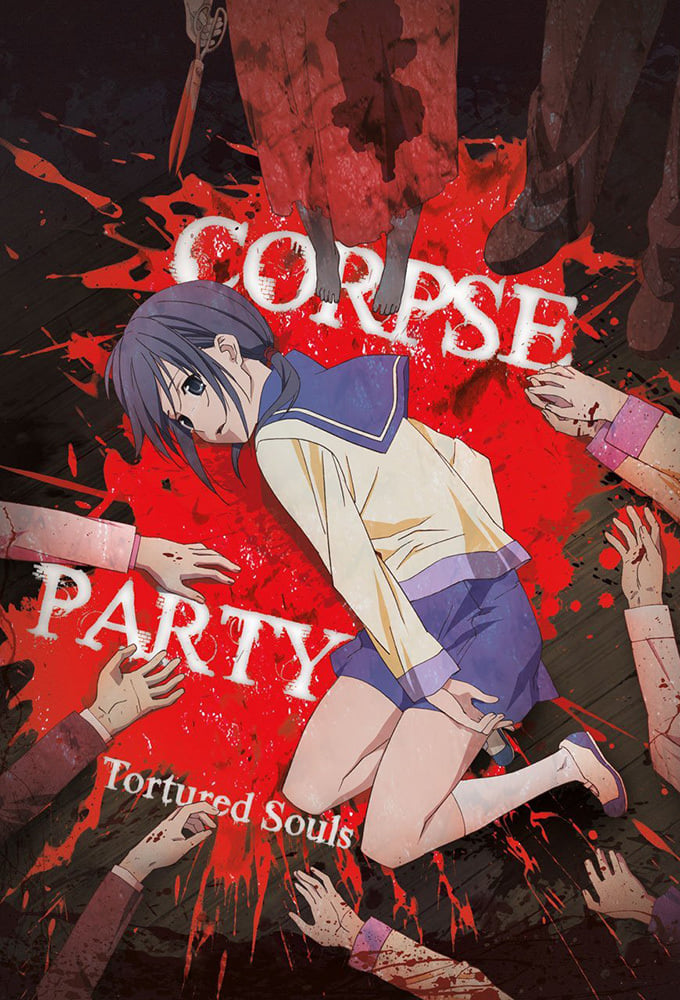
This four-episode animated series is based on a horror game and takes place at Heavenly Host Elementary School. It begins after a group of students tries a friendship charm gone wrong. Studio Asread visually recreates details from the game, like notes with timestamps, torn-up class lists, and protective talismans, to show how a curse unfolds. The characters must carefully follow specific instructions and rituals if they want to survive. The series uses details like room numbers, floor plans, and lists of items to help viewers follow each attempt to break the curse.
‘Junji Ito Collection’ (2018)

Studio Deen created a 12-episode anime series based on stories by Junji Ito, featuring tales from his ‘Souichi’ collection and other short works. Each episode tells a complete, self-contained story, staying true to the unique rules and unsettling elements of the original manga – like curses connected to dolls or eerie locations. The animation style often uses close-up shots and pauses to resemble the look of the manga panels.
‘From the New World’ (2012–2013)
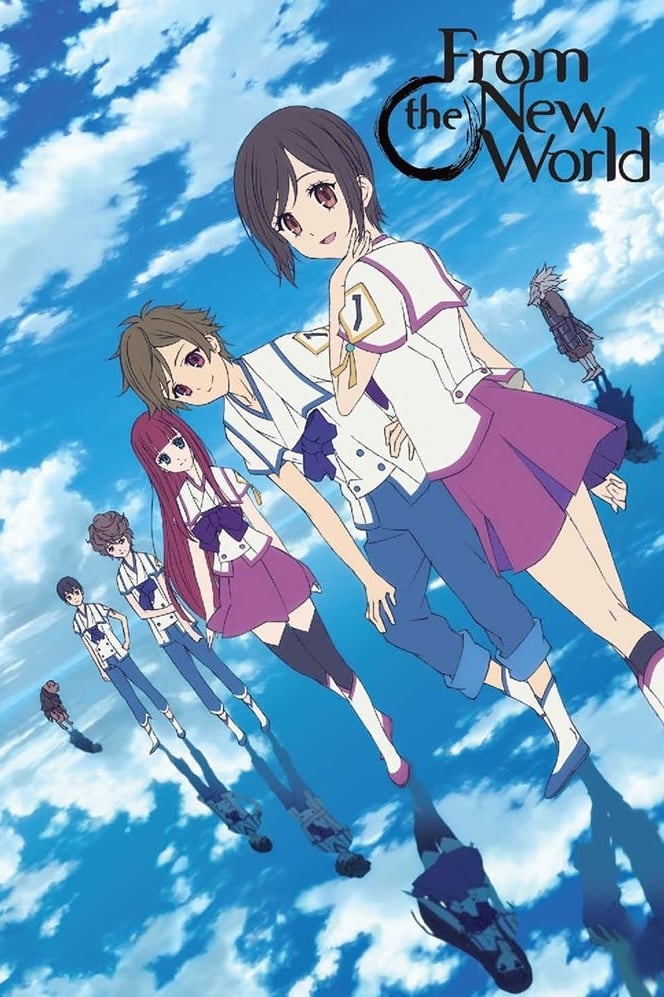
A-1 Pictures created a 25-episode anime based on Yusuke Kishi’s novel, set in a future where children have psychic powers. The series explores how society in this future deals with these powers, showing the rules, education, and records used to control them and protect against threats. It also features explorations of unique creatures and the agreements made with communities living underground, while uncovering past events that explain current dangers.
‘Blood-C’ (2011)
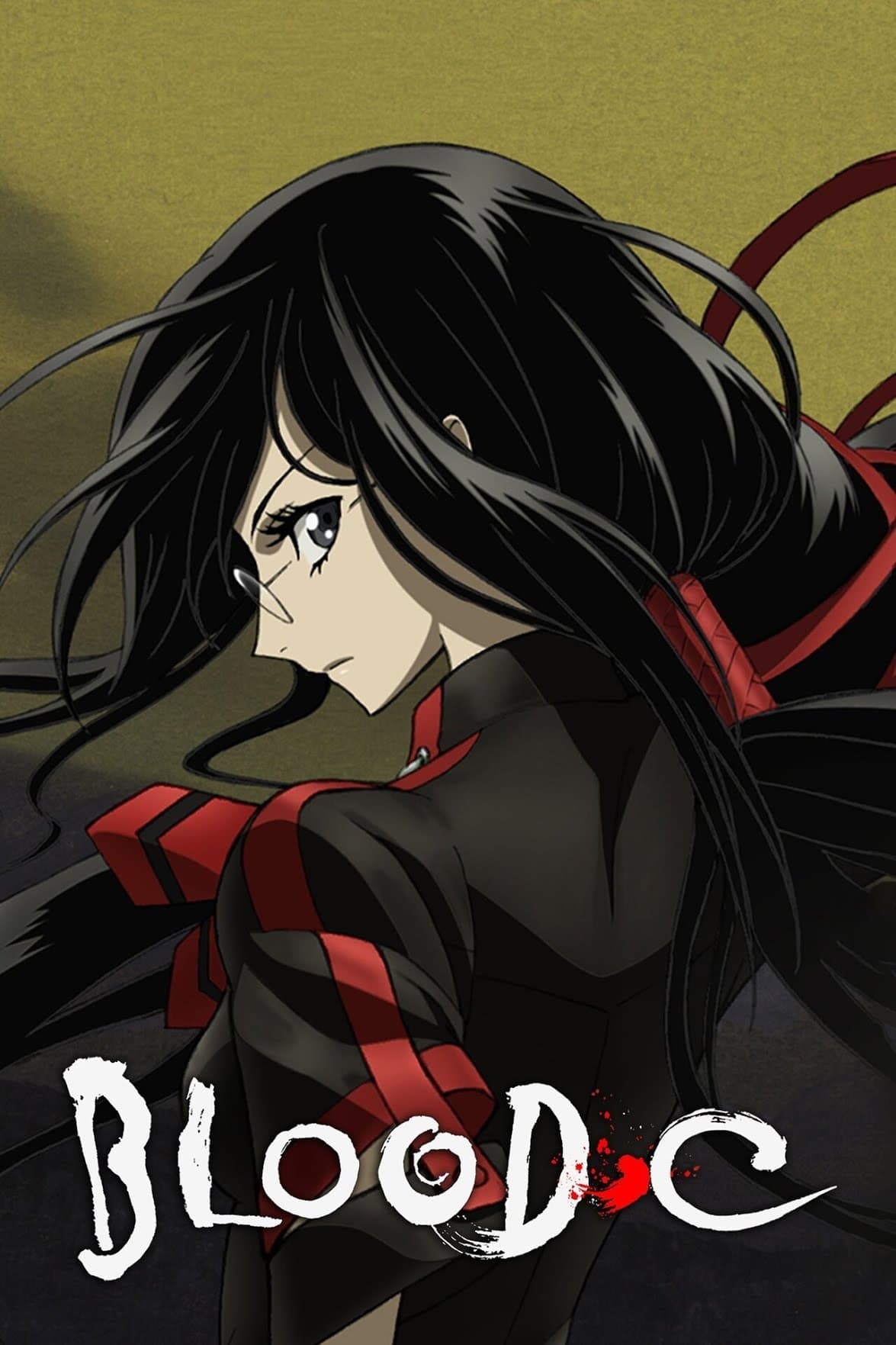
This 12-episode anime series, a collaboration between Production I.G and CLAMP, was later extended with a feature film. It follows Saya Kisaragi, a student who battles dangerous creatures called Elder Bairns in the countryside. The story unfolds through diaries, historical records, and surveillance footage, revealing what the townspeople know – and what they’re keeping secret. The action features impressive sword fighting and a growing bestiary of monsters as Saya faces new foes.
Let us know which scary movies or books from the list are your favorites, and tell everyone what really frightened you!
Read More
- Fed’s Rate Stasis and Crypto’s Unseen Dance
- Silver Rate Forecast
- Blake Lively-Justin Baldoni’s Deposition Postponed to THIS Date Amid Ongoing Legal Battle, Here’s Why
- Ridley Scott Reveals He Turned Down $20 Million to Direct TERMINATOR 3
- Красный Октябрь акции прогноз. Цена KROT
- Gold Rate Forecast
- Northside Capital’s Great EOG Fire Sale: $6.1M Goes Poof!
- Global-e Online: A Portfolio Manager’s Take on Tariffs and Triumphs
- The VIX Drop: A Contrarian’s Guide to Market Myths
- Top 10 Coolest Things About Indiana Jones
2025-11-02 06:23